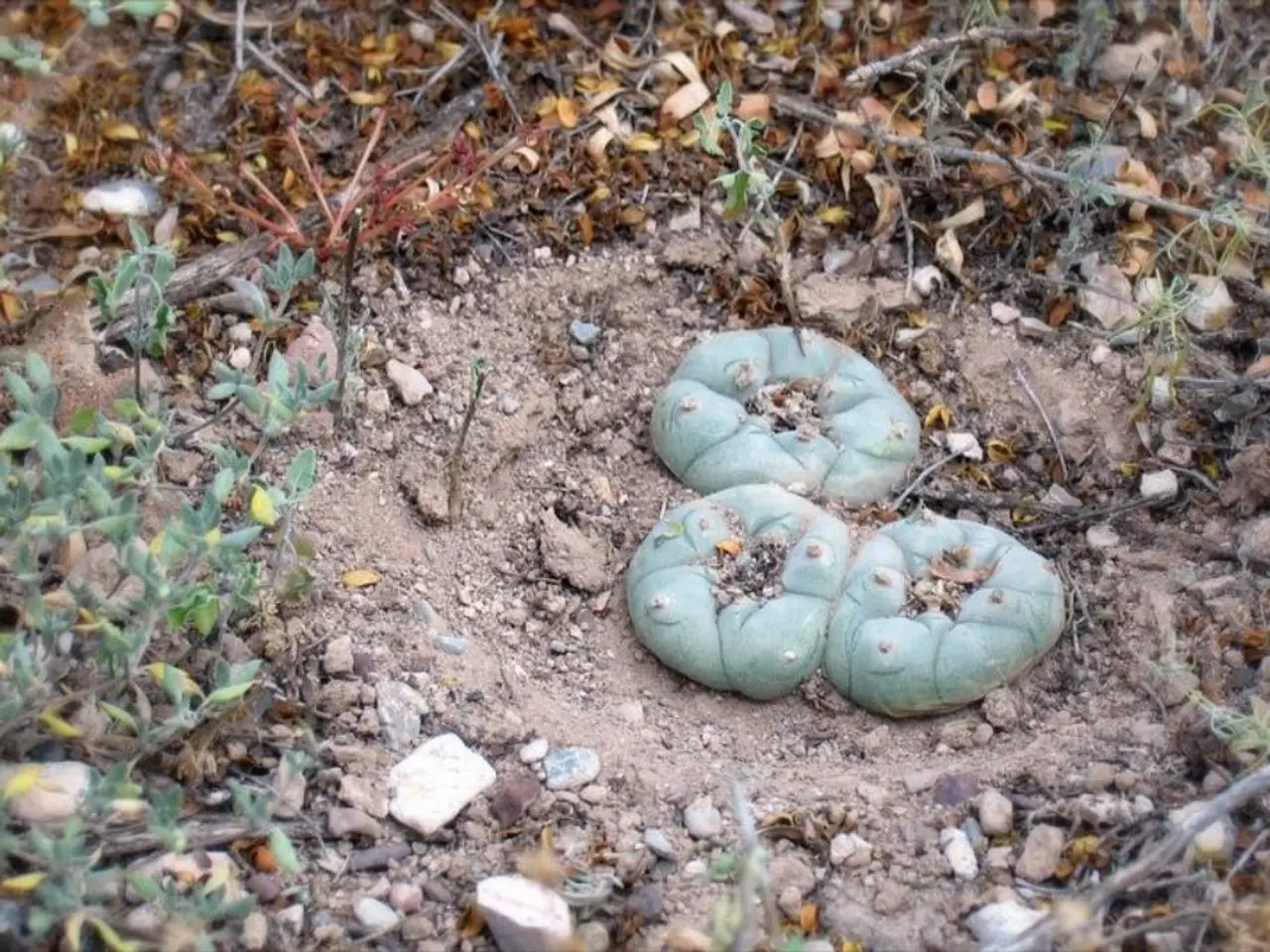Identifying Maturity in Squash Picking: Valuable Advice for Gardeners
Winter squash, such as butternut and acorn, can be a delightful addition to your meals during the colder months. To ensure a sweet, flavorful, and long-lasting harvest, it's essential to follow some guidelines when it comes to harvesting and storing these hearty vegetables.
The perfect time to harvest winter squash is when the skin or rind has fully hardened, such that you cannot easily pierce it with a fingernail, and the stem attached to the squash is dry and starting to wither. This typically occurs around 105-115 days after planting, depending on the variety. For instance, the Hubbard Chicago Warted variety is ripe for picking once the rind resists fingernail pressure and you leave a 2-3 inch stem on the fruit for better storage longevity.
It's best to harvest winter squash after the first light frost but before a hard frost occurs. This timing helps improve the sweetness and storage quality of the squash without risking damage from freezing temperatures.
For storage longevity and flavor, curing the squash after harvest is an essential step. Leave it in the field or a warm, dry place for about 10 days, allowing the skin to harden further and the stem to dry out completely. Proper curing significantly enhances storage life and flavor.
Optimal storage conditions for winter squash are cool, dry, and well-ventilated areas, typically at temperatures around 50-55°F (10-13°C) with moderate humidity. Maintaining good airflow and checking regularly for any soft spots or rot will help prevent spoilage and allow the squash to keep for several months.
When it comes to harvesting, use garden shears or pruners to cut the fruit with a few inches of stem. Avoid pulling or twisting, as this can damage the squash. It's also crucial to handle squash gently to avoid bruising and prolonged moisture, which can spoil the harvest.
By following these guidelines, you can enjoy the sweetness, flavor, and long-lasting storage of winter squash throughout the winter months. For more gardening tips and advice, be sure to check out Glen's blog, where he shares his expertise with over 15 years of experience in the field.
[1] Winter Squash Storage Tips. (n.d.). University of Missouri Extension. Retrieved from https://extension.missouri.edu/publications/G6480 [2] Winter Squash: Harvesting and Storing. (n.d.). University of Illinois Extension. Retrieved from https://web.extension.illinois.edu/cfivt/winter-squash/harvesting-and-storing/ [3] Winter Squash. (n.d.). Purdue Extension. Retrieved from https://extension.purdue.edu/extmedia/exe/FNR-544-W.pdf
- Building upon the information about winter squash, one could incorporate the squash into their home-and-garden lifestyle by following the guidelines for harvesting and storing to ensure a sweet, flavorful, and long-lasting harvest.
- With harvesting techniques and storage advice secured, the gardening enthusiast can also extend their home-and-garden lifestyle by checking out tips and advice from experts like Glen, who offers insights gleaned from over 15 years of experience in the field.







